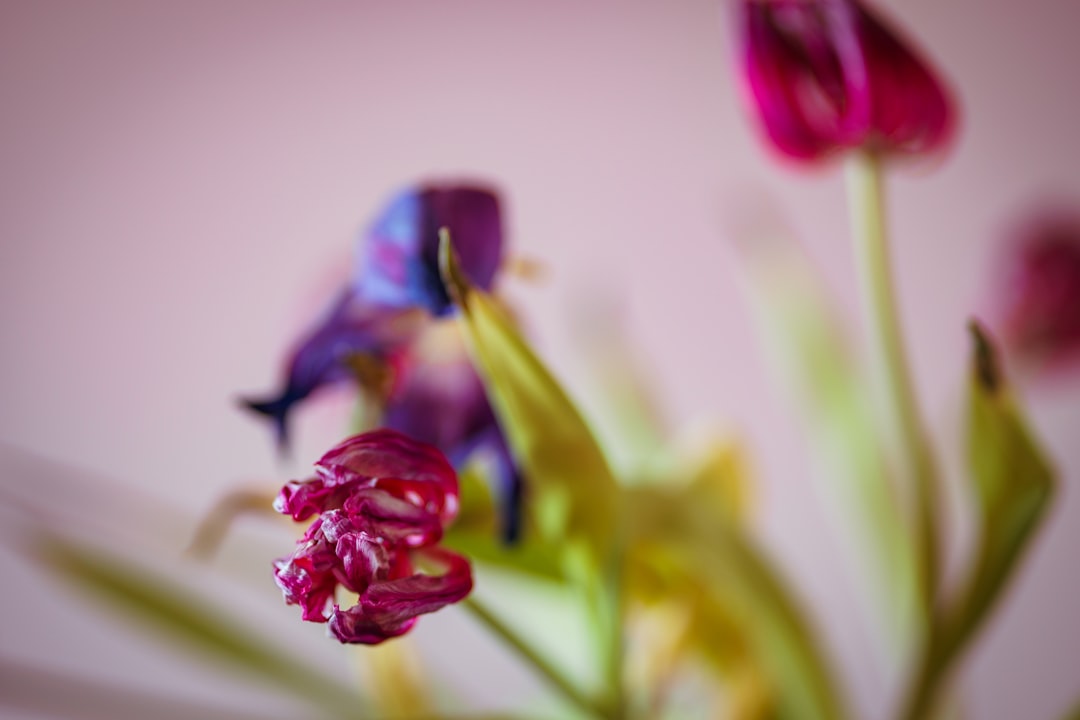Unleashing the Beauty of Hardy Potentilla in Your Garden

Hardy potentilla is a remarkable native shrub that has won the hearts of gardeners far and wide. With its compact size, long - lasting bloom, and anemone - like flowers, it's a true gem in the world of gardening. In this article, we'll explore essential tips for growing this wonderful plant to ensure it thrives in your garden.
First and foremost, understanding the ideal location for your hardy potentilla is crucial. This shrub loves full sun to partial shade. A spot that receives at least six hours of sunlight a day is perfect. In areas with extremely hot summers, a bit of afternoon shade can prevent the plant from getting stressed. When choosing a location, also consider the soil conditions. Hardy potentilla prefers well - drained soil. It can tolerate a variety of soil types, including sandy, loamy, and clay soils, as long as they drain well. If your soil has poor drainage, you can improve it by adding organic matter such as compost or well - rotted manure. This will not only enhance drainage but also provide essential nutrients for the plant.
Planting hardy potentilla is a relatively straightforward process. Dig a hole that is twice as wide and just as deep as the root ball of the plant. Gently remove the plant from its container and loosen the roots slightly. Place the plant in the hole, making sure it is at the same level as it was in the container. Backfill the hole with soil, firming it gently around the base of the plant. Water thoroughly after planting to settle the soil and eliminate any air pockets.
Watering is an important aspect of caring for hardy potentilla. While it is drought - tolerant once established, it still needs regular watering during its first growing season. Keep the soil evenly moist but not waterlogged. A good rule of thumb is to water deeply once a week, especially during dry spells. As the plant matures, you can reduce the frequency of watering. However, in extended periods of drought, providing some supplemental water will help keep the plant healthy and blooming.
Fertilizing hardy potentilla can promote better growth and more abundant blooms. Apply a balanced, slow - release fertilizer in early spring, just as new growth begins. Follow the instructions on the fertilizer package for the correct amount to use. Over - fertilizing can lead to excessive foliage growth at the expense of flowers, so it's important not to go overboard. You can also add a layer of mulch around the base of the plant. Mulch helps retain moisture, suppress weeds, and regulate soil temperature. Organic mulches such as wood chips or shredded bark are excellent choices.
Pruning is another key factor in maintaining the health and appearance of hardy potentilla. Prune the plant in late winter or early spring before new growth emerges. Remove any dead, damaged, or diseased branches. You can also shape the plant by cutting back overgrown branches. Pruning encourages new growth and can help keep the plant compact. For older plants, you can perform a more severe pruning every few years to rejuvenate them. Cut the plant back to about one - third of its height to stimulate fresh growth.
Hardy potentilla is generally resistant to pests and diseases. However, it can occasionally be affected by aphids, spider mites, or powdery mildew. To prevent pest infestations, keep the plant healthy and well - watered. You can also use insecticidal soap or neem oil to control pests if they become a problem. For powdery mildew, ensure good air circulation around the plant by spacing it properly and pruning as needed. If powdery mildew does appear, you can treat it with a fungicide specifically formulated for this disease.
In conclusion, growing hardy potentilla can be a rewarding experience. By following these essential tips on location, planting, watering, fertilizing, pruning, and pest control, you can enjoy the beauty of this native shrub in your garden for years to come. Its long - lasting blooms and anemone - like flowers will add a touch of elegance to any landscape, whether it's a small urban garden or a large rural estate. So, go ahead and give hardy potentilla a try in your garden and see the difference it can make.